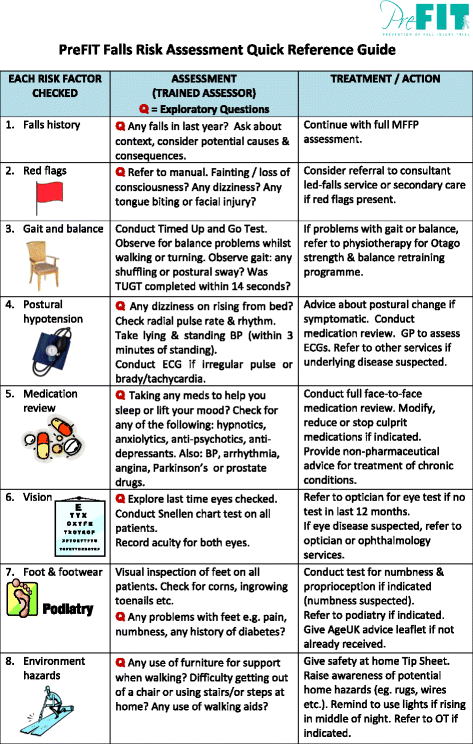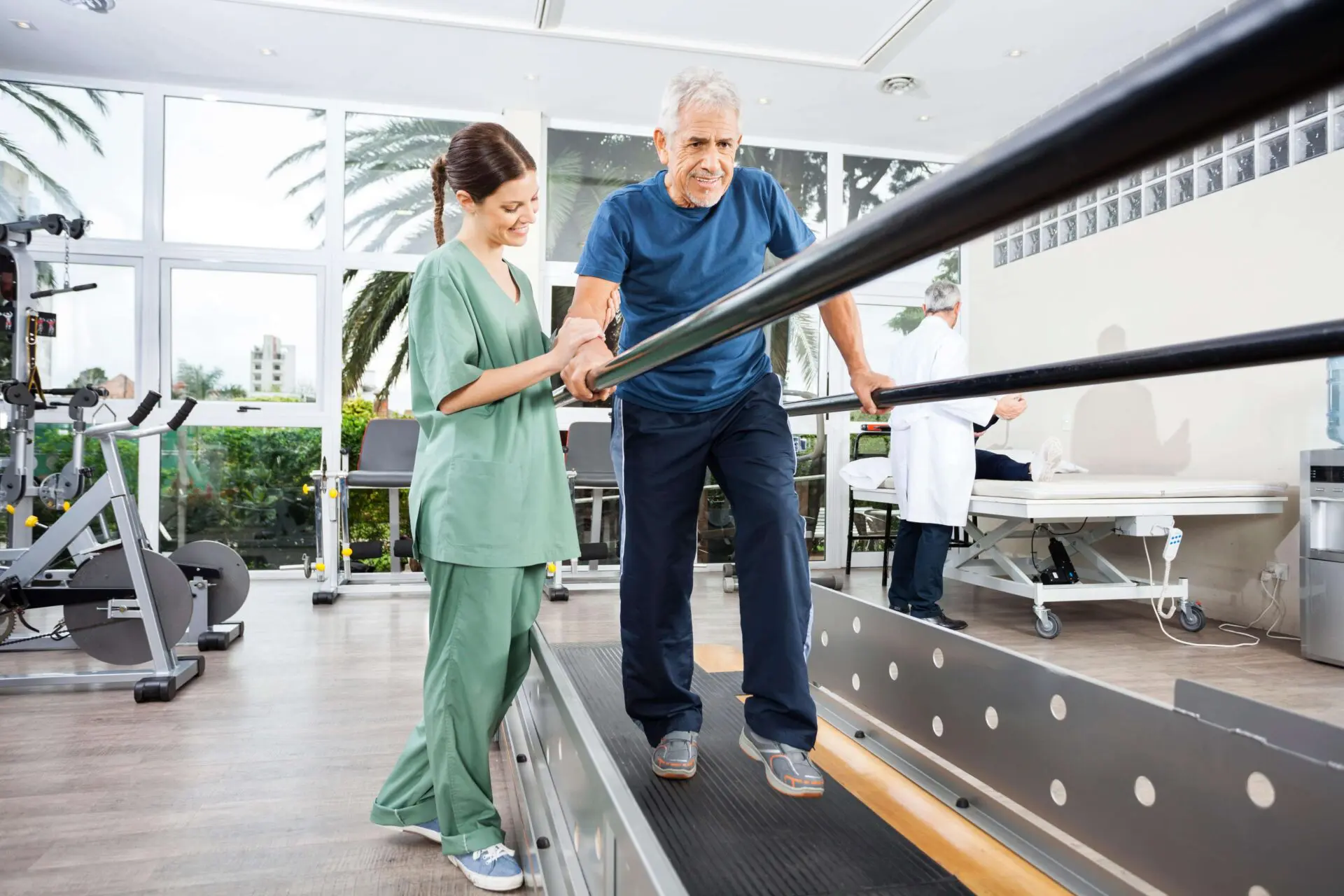All About Dementia Fall Risk
Wiki Article
Dementia Fall Risk Things To Know Before You Buy
Table of ContentsThe Basic Principles Of Dementia Fall Risk Unknown Facts About Dementia Fall RiskIndicators on Dementia Fall Risk You Should KnowThe Dementia Fall Risk Ideas
A loss risk assessment checks to see exactly how most likely it is that you will certainly drop. The analysis generally includes: This includes a series of questions regarding your general wellness and if you have actually had previous drops or problems with equilibrium, standing, and/or walking.STEADI includes screening, examining, and treatment. Interventions are suggestions that might minimize your danger of dropping. STEADI consists of 3 steps: you for your danger of succumbing to your danger aspects that can be enhanced to attempt to stop falls (as an example, balance issues, impaired vision) to decrease your danger of dropping by making use of reliable approaches (for instance, supplying education and learning and sources), you may be asked several questions including: Have you dropped in the past year? Do you feel unsteady when standing or strolling? Are you fretted about falling?, your provider will evaluate your strength, equilibrium, and stride, making use of the adhering to autumn evaluation tools: This examination checks your stride.
You'll rest down again. Your provider will certainly check how much time it takes you to do this. If it takes you 12 secs or more, it might mean you are at greater danger for a loss. This test checks toughness and equilibrium. You'll rest in a chair with your arms crossed over your upper body.
Relocate one foot midway forward, so the instep is touching the large toe of your other foot. Move one foot completely in front of the other, so the toes are touching the heel of your various other foot.
Dementia Fall Risk Things To Know Before You Get This
The majority of drops happen as an outcome of numerous contributing elements; for that reason, managing the risk of dropping begins with recognizing the elements that contribute to drop threat - Dementia Fall Risk. Several of one of the most appropriate danger factors consist of: Background of previous fallsChronic medical conditionsAcute illnessImpaired stride and balance, lower extremity weaknessCognitive impairmentChanges in visionCertain risky medicines and polypharmacyEnvironmental factors can also raise the danger for falls, consisting of: Insufficient lightingUneven or damaged flooringWet or unsafe floorsMissing or damaged hand rails and get hold of barsDamaged or improperly fitted devices, such as beds, mobility devices, or walkersImproper use assistive devicesInadequate guidance of individuals residing in the NF, including those that exhibit aggressive behaviorsA effective autumn danger monitoring program needs a complete medical assessment, with input from all participants of the interdisciplinary team

The treatment strategy must also consist of treatments that are system-based, such as those that advertise a secure environment (proper illumination, hand rails, order bars, etc). The effectiveness of the interventions need to be assessed periodically, and the care strategy revised as necessary to show adjustments in the fall threat assessment. Carrying out a fall danger monitoring system utilizing evidence-based ideal practice can decrease the frequency of falls in the NF, while limiting the possibility for fall-related injuries.
Some Known Questions About Dementia Fall Risk.
The AGS/BGS standard advises evaluating all adults aged 65 years and older for autumn danger each year. This screening contains asking clients whether they have dropped 2 or even more times in the past year or sought clinical attention for a fall, or, if they have not fallen, whether they feel unsteady when walking.People who have fallen once without injury ought to have their balance and stride evaluated; those with gait or balance problems need to receive additional analysis. A background of 1 loss without injury and without stride or equilibrium issues does not call for additional evaluation beyond continued annual loss danger screening. Dementia Fall Risk. An autumn danger analysis is required as part of the Welcome to Medicare exam

Some Known Factual Statements About Dementia Fall Risk
Documenting a drops history is one of the high quality indications for fall prevention and monitoring. copyright medications in specific are independent forecasters of drops.Postural hypotension can usually be eased by decreasing the dose of blood pressurelowering drugs and/or quiting medications that have orthostatic hypotension as a negative effects. Use above-the-knee assistance hose and resting with the head of the bed boosted might also lower postural published here reductions in blood stress. The preferred components of a fall-focused physical exam are displayed in Box 1.

A TUG time greater than or equal to 12 seconds recommends high loss danger. Being not able to stand up from a chair of knee height without using one's arms indicates boosted autumn risk.
Report this wiki page